Even More Little Known Victims of the Lincoln Assassination Plot
April 14th, 1865 was a pretty bad day for a lot of people. Lincoln was assassinated, Clara Harris and Henry Rathbone had their lives torn apart, and Secretary of State William H. Seward was brutally stabbed along with most of his family and a few bystanders.
Oh, you hadn’t heard about that last one?
Booth and his co-conspirators’ plan was larger than just the assassination of Lincoln. Their plot included a number of top officials in the U.S. government whose death they hoped would bring the country to its knees. Lewis Powell, a twenty year old Confederate soldier, was chosen to assassinate the Secretary of State.
Powell used the fact that Seward had been injured in a carriage accident the week before to his advantage by manufacturing a story about having medicine for the Secretary. The butler let the young assassin into the house and Powell wasted no time getting right down to his deadly business. Attempting to gain access to the room where Seward was confined to bed, Powell was stopped by Seward’s son and Assistant Secretary of State, Frederick. They argued and Powell turned violent, trying to fire a gun at Frederick. Luckily for the Assistant Secretary, Powell’s gun misfired, but unfortunately the assassin would let nothing keep him from his goal. He took his useless gun and savagely clubbed Frederick with it.
With Frederick senseless on the floor, Powell rushed towards the Secretary’s room, stabbing Augustus Seward, another son, on the way. Finally in Seward’s room, Powell plunged his knife “repeatedly in the face and neck” of the Secretary, shouting wildly. The assassin was pulled off by Sergeant George F. Robinson, Seward’s bodyguard, and another man acting as Seward’s nurse. Powell stabbed Robinson and the nurse, and when suddenly confronted by Seward’s daughter Fanny, stabbed her as well. Amidst all the blood and screaming, with the Secretary on the floor and his job apparently done, Powell decided to high tail it out of there -- but not before claiming yet another victim when he stabbed a telegram messenger on the way out.
Powell had left a veritable horror story in his wake, but he could not consider himself victorious. Luckily for the Sewards, Powell turned out to be the most ineffective assassin ever. He’d brutally stabbed six people and beaten another one in his quest to commit murder, but he didn’t actually end up killing anyone. William H. Seward’s neck brace, worn because of his injury, protected vital areas from Powell’s knife. Frederick Seward escaped with a skull fracture and a two-month coma. The person most grievously injured was the telegram messenger, Emerick Hansell, who although he wasn’t even supposed to be there was paralyzed for life. More than that, Powell was lost in D.C. for a while after escaping, not being from the city and unable to navigate the city’s streets.
The attempt on Seward’s life is not well-remembered today, as it is overshadowed by Lincoln’s death, but the inept Lewis Powell retains some infamy by his inclusion on social media lists of “historical crushes”. Tumblr blogs in particular love him; Lewis Powell even has an entry on "My Daguerreotype Boyfriend." Hey, a violent madman involved in the plot to kill Lincoln? Whatever floats your boat.
Sources:
Linder, Douglas O. “Trial of the Lincoln Assassination Conspirators: Lewis Powell.” Famous Trials. University of Missouri-Kansas City School of Law, (2012).
“The Attempted Assassination of Secretary Seward.” History Engine. The University of Richmond, (2008-2009).
Van Deusen, Glyndon G. “The Life and Career of William Henry Seward 1801-1872”. University of Rochester Library Bulletin, 31.1. The University of Rochester, (1978)


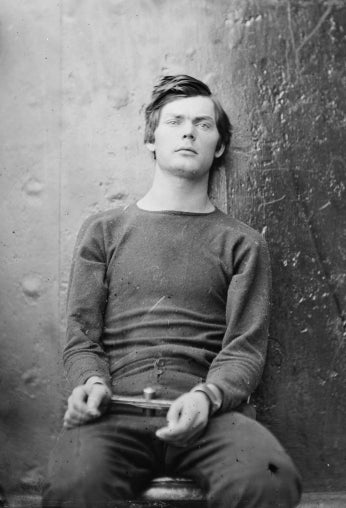
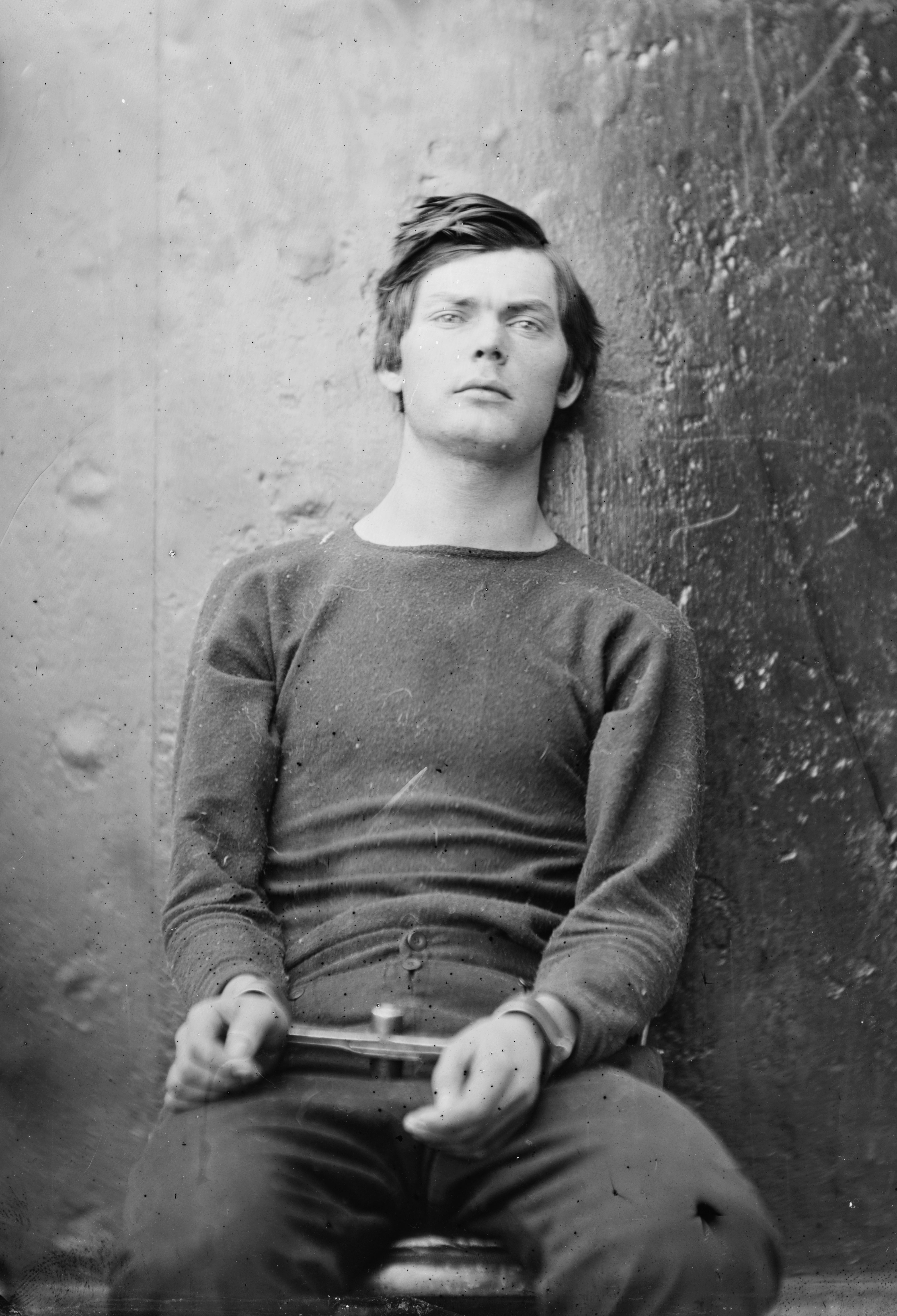
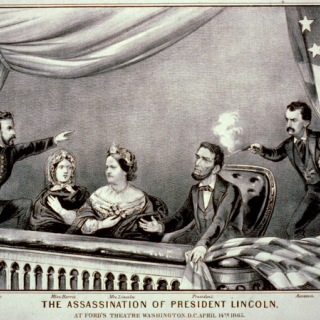
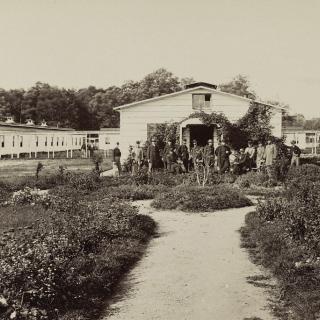
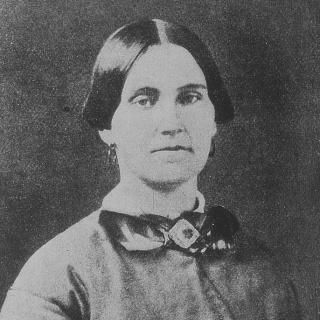
![Sketch of the mythical fuan by Pearson Scott Foresman. [Source: Wikipedia]](/sites/default/files/styles/crop_320x320/public/2023-10/Goatman_Wikipedia_Faun_2_%28PSF%29.png?h=64a074ff&itok=C9Qh-PE1)












